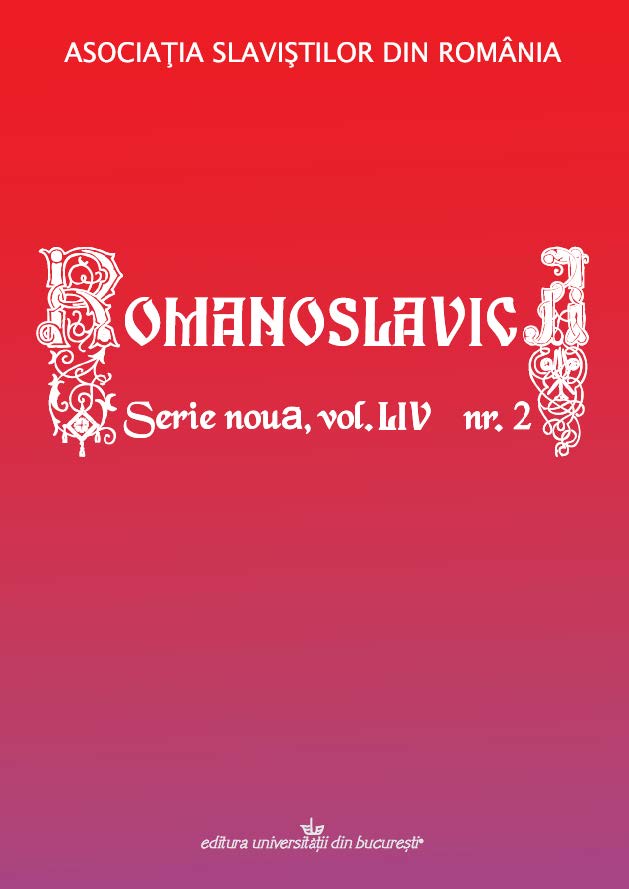Figuri istorice în discursul public al Bisericii Ortodoxe Ruse în timpul celui de-al doilea război mondial
Historical figures in the public discourse of the Russian Orthodox Church during the Second World War
Author(s): Iulia NițescuSubject(s): Language and Literature Studies, Philology
Published by: Editura Universităţii din Bucureşti
Keywords: Religion and politics; Russian Orthodox Church; Second World War; Aleksandr Nevski;
Summary/Abstract: This paper analyses the manner in which the Russian Orthodox Church adapted its public discourse during the Second World War. The main goal of the examination is to determine how the Church motivates its role in public life in a supposed atheistic society and to identify the elements that made the new public discourse possible. The change in attitude of the Party concerning the Church after 1941 is usually explained in terms of political expectations from the clergy, i.e. moral support for the population and army, or to play a role in foreign affairs. The investigation of the religious public discourse offers the key to understand how the Church reacted and adapted itself to this new situation. Since any public stand based on religious teachings can attract the retaliation of the Party at any time, the Russian clergy uses the image of Russian medieval heroes, like Aleksandr Nevski or Dmitri Donskoi, who were both princes of the medieval state and saints of the Church, as a common ground with the political power.
Journal: Romanoslavica
- Issue Year: LIV/2018
- Issue No: 2
- Page Range: 47-53
- Page Count: 7
- Language: Romanian

